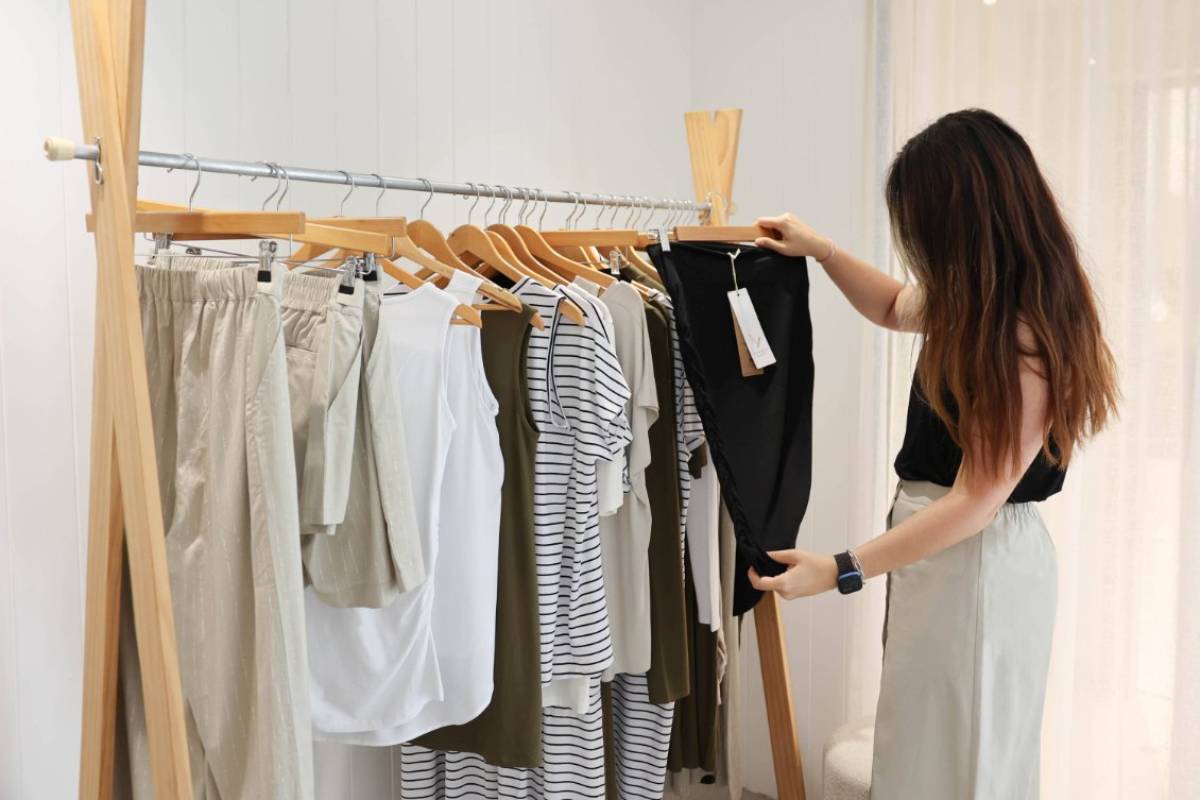

In recent years, the fashion industry has faced increasing scrutiny over its environmental impact, leading to a surge in demand for sustainable alternatives. One of the most promising contenders in this eco-conscious movement is bamboo clothing, particularly bamboo pajamas, which are not only comfortable but also have a significantly lower ecological footprint compared to traditional fabrics. The bamboo clothing market is projected to grow from approximately $1.3 billion in 2022 to $3 billion by 2032, with a compound annual growth rate (CAGR) of 9.1%.

Bamboo has emerged as a superstar in the sustainable fabric arena due to several inherent qualities:
Rapid Growth: Bamboo is one of the fastest-growing plants on Earth, capable of reaching maturity in just 3-5 years without the need for pesticides or fertilizers.
Water Efficiency: It requires significantly less water to grow than cotton—only one-third of the water is needed, making it an excellent alternative in water-scarce regions.
Carbon Absorption: Bamboo plants absorb large amounts of carbon dioxide and release oxygen, contributing to a cleaner environment.

Bamboo pajamas are renowned for their softness and comfort. The fabric is:
Breathable: It allows for air circulation, which helps keep the body cool and dry, making it ideal for those in warmer climates or for night-time wear.
Moisture-Wicking: Bamboo fibers naturally wick moisture away from the skin, preventing discomfort and odors.
Hypoallergenic: Bamboo fabric is gentle on the skin, making it suitable for individuals with sensitivities.

The market for bamboo pajamas and clothing is not only expanding but also evolving. Key trends include:
Diverse Product Offerings: While bamboo pajamas are leading the market, t-shirts and other clothing items made from bamboo are gaining popularity.
Online Retail Growth: The rise of e-commerce is providing a significant boost to bamboo clothing sales, allowing consumers easy access to sustainable fashion.
Consumer Awareness: Increasing awareness about environmental issues and the impact of fast fashion is driving consumers to seek out sustainable options.
Despite its growth, the bamboo clothing industry faces challenges:
Supply Chain Issues: The decentralized supply chain for bamboo products can complicate manufacturing and distribution.
High Profit Margins: Many manufacturers face difficulties in maintaining profit margins due to the complexities of sourcing and processing bamboo.

The future of the fashion industry appears to be leaning toward sustainability, with bamboo clothing playing a vital role. As technological advances continue to improve the production processes and durability of bamboo fabrics, we can expect even more innovative products to emerge.
Additionally, the movement towards circular fashion—which emphasizes reuse and recycling—could further enhance the appeal of bamboo pajamas, as they align with these principles.

Bamboo pajamas represent more than just a trend; they symbolize a shift toward more sustainable consumer habits in the fashion industry. With the market projected to reach $3 billion by 2032, the hidden world of bamboo is set to redefine not just our wardrobes but also our approach to fashion itself. By choosing bamboo, consumers not only enjoy luxurious comfort but also contribute to a more sustainable future.











